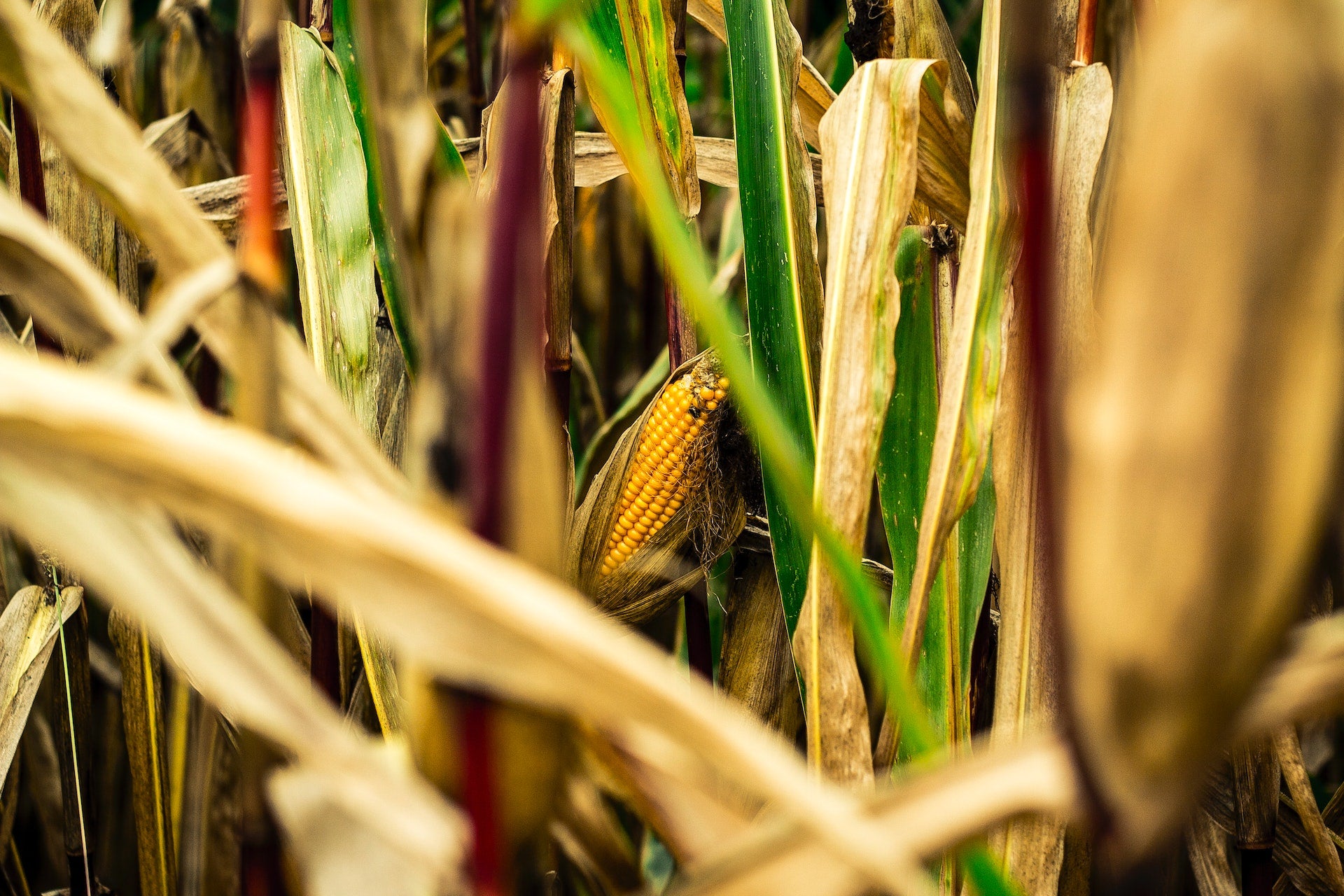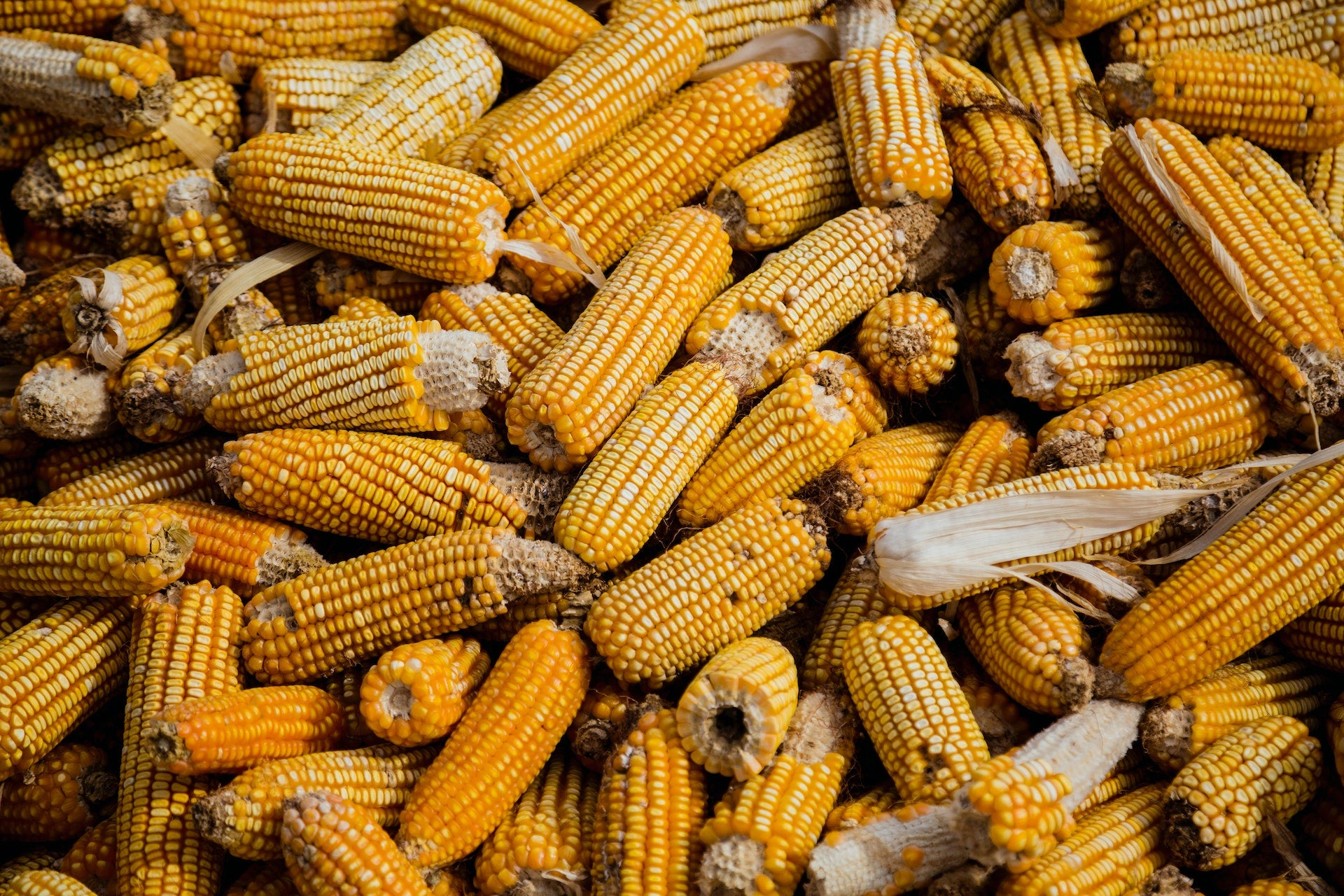Using PLA (polylactic acid) cutlery instead of traditional plastic or wood cutlery offers several advantages in terms of environmental impact, functionality, and aesthetics. Let’s take a look at why PLA cutlery is a tier above the rest:
PLA is Renewable and Sustainable
PLA is derived from renewable resources such as corn starch, cassava, or sugarcane, making it a more sustainable choice compared to petroleum-based plastics. In contrast, while wood is also a renewable resource, the production of wooden cutlery may contribute to deforestation and habitat loss.
Under The Right Conditions, It’s Biodegradable and Compostable
PLA cutlery is biodegradable and compostable under specific conditions, such as industrial composting facilities, which can help reduce waste in landfills. Traditional plastic cutlery, on the other hand, takes centuries to decompose and contributes to plastic pollution. While wooden cutlery is also biodegradable and compostable, it may take longer to break down compared to PLA.
Less of a Carbon Footprint
The production of PLA cutlery has a lower carbon footprint compared to petroleum-based plastic cutlery, as it is derived from renewable resources and emits fewer greenhouse gases during its production.
It’s Food-safe and Versatile
PLA cutlery is considered safe for food contact and can be used with various types of food, including hot and cold dishes. It offers a more comfortable and familiar user experience compared to wooden cutlery, which may have a rougher texture and can sometimes leave a woody aftertaste.
It Looks Similar to Ordinary Plastic and is Customisable in the Same Way
PLA cutlery can be designed with different colors, shapes, and styles, offering more customization and aesthetic options compared to wooden cutlery.
Effortlessly Lightweight and Durable
PLA cutlery is lightweight and has a similar durability to traditional plastic cutlery, making it suitable for various uses.




